5G rollout vs uptake in the EU: challenges ahead
The rollout and adoption of 5G technology in the European Union are essential for the region's digital future. This technology enables advancements in healthcare, smart cities, and connected vehicles. While the European dialogue lately revolves around the rollout and additional investments needed, the consumer uptake issues often are
The rollout and adoption of 5G technology in the European Union are essential for the region's digital future. This technology enables advancements in healthcare, smart cities, and connected vehicles. While the European dialogue lately revolves around the rollout and additional investments needed, the consumer uptake issues often are left unaddressed.
Do European consumers actually understand the benefits of 5G?
5G is much more than a faster internet connection - it opens the door to advanced applications in remote healthcare, the Internet of Things (IoT), and smart cities.
These benefits, however, are not visible to consumers right away. Unlike previous network upgrades that offered noticeable improvements in speed and connectivity, 5G's impact on our daily lives can seem intangible. For instance, concepts such as IoT-powered smart homes and real-time remote health monitoring remain challenging to imagine for the average consumer until real applications are visible in their daily lives, thus affecting their perceived value and adoption rate.
This gap in public understanding influences uptake, as citizens are hesitant to switch to 5G networks without a clear view of their benefits.
5G rollout vs. uptake: challenges on both fronts
The EU faces a dual challenge with 5G: infrastructure rollout and consumer uptake.
Rollout - the physical deployment of 5G infrastructure - is moving at varying speeds across member states, yet the total 5G coverage looks to be going in a steady (and positive direction) - see picture below. Most wealthier countries are progressing steadily, while others face slower deployment due to high infrastructure costs and lower profit potential. This disparity creates a digital divide within the EU, making achieving universal 5G coverage difficult.
On the other hand, 5G uptake - the rate at which consumers and industries adopt 5G - remains inconsistent (see Picture 2, reflecting 5G SIM cards among the EU). While the rollout of 5G is still relatively new, and we will see a more clear picture in the upcoming years, understanding 5G’s benefits must be deterring consumers from adopting the technology. This lag in uptake is a barrier to maximizing the value of 5G, particularly as the potential applications of 5G still require robust networks and widespread use to reach their full potential.
Digital skills: one of the key elements for 5G success
The EU’s Digital Economy and Society Index (DESI) has repeatedly highlighted digital skills as a significant issue across EU's Member States. It is one of the key issues for successful 5G uptake too. DESI 2024 shows that the EU average for at least basic digital skills for individuals aged 16-74 years old is less than 60% - with 11 EU Member States ranking even lower. This percentage drops even further among older populations, where digital skills' are even lower.
Closing this digital skills gap is crucial for driving uptake and the broader economic benefits of 5G. The EU has begun addressing this challenge through the Digital Decade initiative, aiming to improve digital skills across the region by 2030. Without targeted educational and training programs, however, the risk remains that 5G benefits will be limited to tech-savvy urban populations, excluding rural communities and older citizens who will not gain from increased connectivity.
What is the future of 5G innovation: IoT, automotive vehicles, and telemedicine?
The EU once viewed 5G as a critical enabler for IoT, autonomous vehicles, and telemedicine, but enthusiasm around these applications has somewhat cooled down.
Early expectations were that 5G would power massive IoT deployments and drive the development of self-driving cars and advanced telemedicine solutions.
However, regulatory and technical challenges have slowed down the progress. For instance, scaling IoT and autonomous vehicle networks requires secure and interoperable data flows and robust cybersecurity measures. Yet the complexity of ensuring data privacy, setting up safety regulations, and securing data across devices has hindered large-scale rollouts.
As for telemedicine, the pandemic temporarily accelerated the adoption of telemedicine, but sustained uptake has slowed as traditional healthcare services resume. Problems with access to health data for startups, interoperability between systems, and the varying quality of digital health infrastructure in different regions still need to be addressed.
Conclusion: enabling consumers and security-based decisions remain important
While the European Union is currently discussing the future of European telecommunications' future - including easier merger rules for telcos willing to scale, the future of spectrum policy and, the need for a ‘level playing field’ for telecommunications and digital services sectors, the EU has to re-address the real issues surrounding 5G rollout and uptake.
The available data shows that the 5G rollout has been consistent, while the uptake remains limited - showing the potential lack of digital skills, as well as limited immediate need for the technology.
Before making revolutionary decisions that will impact the future of European digital economy, competition policy, the dialogue on the reasons why the EU consumers are slow to uptake 5G need to be examined carefully.
The Commission’s willingness to increase European telecommunications’ sector from reliance on high-risk vendor infrastructure, such as the Chinese one, is, on the contrary, commendable and more energy should be focused on making sure the European companies like Ericsson or Nokia become the core of EU’s telco infrastructure instead.






